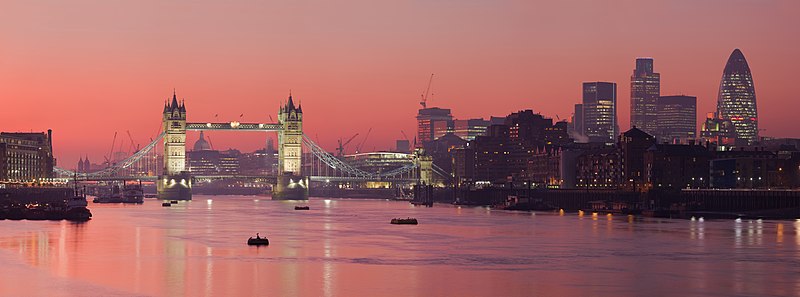English
society changed by the invention of bronze. Metal objects appeared in England
as early as 2700 BC, although it is believed to have been imported.
About 2,000
BC bronze was created in England, comprising 9 parts of copper and tin. It is,
of course, harder than stone and always more efficient as a tool and weapon.
In the
Bronze Age the English rode horses and they were the first to weave cloth. The
bronze age women, their hair adorned with pins and bone crescent and wore
necklaces.
 In the late
Bronze Age (1000 BC-650 BC) built forts in the hills because wars were more
common. This may have been because the population increased and fertile land
were difficult to obtain.
In the late
Bronze Age (1000 BC-650 BC) built forts in the hills because wars were more
common. This may have been because the population increased and fertile land
were difficult to obtain.
Meanwhile,
in the Bronze Age barrows are being built, although cremation was practiced.
The dead were buried with useful items. It was believed that the need in the
afterlife. Unfortunately, they had no written records, we know nothing of the
religion of the Bronze Age.
We know
that the British Bronze Age round living in wooden huts with thatched roofs,
but nothing is known of their society and their organization. However, it is
believed that there were different social classes.






